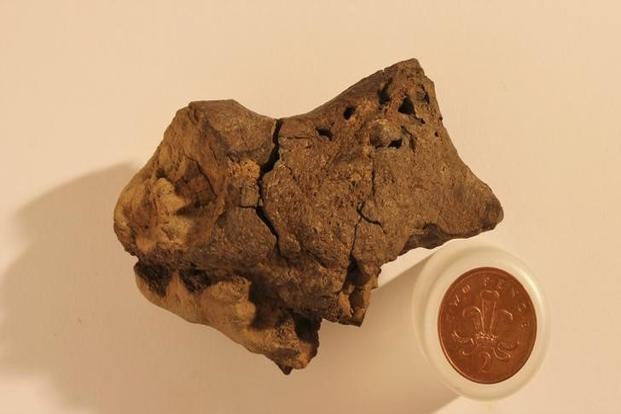
According to scientists, red squirrels are carriers of the bacterium that causes human leprosy.
Scientists recently discovered that red squirrels carry a type of bacteria that causes human leprosy. The researchers made the discovery after they had noticed many British squirrels had unexplained sores on their body. It seems like there is no immediate threat, but scientists are worried that if leprosy begins developing antibiotic resistance, a new plague could spread rapidly.
What Causes Leprosy?
Leprosy is caused by the Mycobacterium lepromatosis bacteria. The disease affects the body’s skin, eyes, respiratory tract, and peripheral nerves.
Hansen’s disease, as leprosy is also called, killed hundreds of thousands in Europe during the Middle Ages. Back then, the illness was associated with moral corruption and treatment was available in leprosariums, institutions ran by the church.
Now, the treatment consists of an antibiotics cocktail. Multidrug therapy has proved itself useful in the majority of cases, the risk of infection disappearing after the first dose. The rate of relapse after the treatment is also low, and very few resistance cases were confirmed over the years.
How Are Red Squirrels Connected to the Disorder?
Scientists gathered a sample of one hundred red squirrel cadavers from Ireland, Scotland, and England. According to the genetic screening tests, all specimens collected from England’s Brownsea Island carried both the Mycobacterium lepromatosis and the Mycobacterium leprae bacteria.
The researchers mentioned that the infection was discovered in specimens who presented symptoms of the disease. Some of the animals were overtly diseased with patches of missing fur, damaged nerve endings, and swollen feet, ears, snouts, and eyes.
How Is the Study Useful?
The UK has not registered any case of leprosy for hundreds of years, mainly because the contact between humans and the animals is limited.
However, Charlotte Avanzi, a researcher at the Federal Institute of Technology in Switzerland and lead author of the study, declared that the research could prove useful for countries where the disease is prevalent.
The United States, for example, is still registering leprosy cases. The same stands for India. In total, there are 200,000 leprosy cases reported each year.
Until recently, scientists believed that the disease could only be spread through human contact. The first animal discovered to be a carrier was the armadillo. Now, red squirrels are joining the list.
Even though there are slight chances of another leprosy outbreak, scientists are advising people to steer clear of red squirrels and avoid any physical contact with the animals.
Image source: Wikipedia









